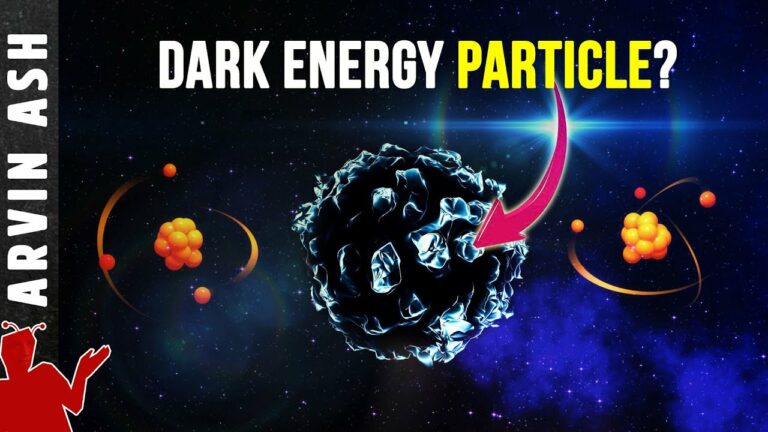Dark energy is different than dark matter. They are both labeled dark because we don’t know what they are. Dark matter does not absorb, reflect or emit any light. It is inferred to exist only because of its gravitational effect on galaxies and galaxy clusters. It’s likely matter in the form of particles.
Dark energy is powering the accelerating expansion of the universe. It appears to be the most dominant energy form in our universe – 68% of the total.
Is it possible that dark energy could also be due to some kind of particle? And could dark energy be related to the Higgs boson and dark matter?
Einstein’s equation for General Relativity required the addition of a term called the cosmological constant, Lambda to balance the expansion of the universe, so that it remained static. It was thought at the time that the universe had a specific size which did not change.
But after Edwin Hubble showed that most galaxies were moving away from us, the universe had to be expanding, Einstein realized his mistake and called it his “greatest blunder.” But in an astonishing turn of events due to the discovery of the accelerating universe, it turned out that inserting lambda back into Einstein’s equation, could account for the accelerating expansion of the universe.
But what does lambda actually mean? Physically it can be thought of as the energy of empty space, also known as the vacuum energy. Quantum mechanics shows that empty space contains energy. But its value is measured and is something we have to add in by hand.
It’s important to note that this value is nowhere near the theoretical prediction of what the energy of the vacuum should be, based on the ground state energy of all the quantum fields, which is about 10^120 times larger. This has been called the worst prediction in the history of physics.
Nevertheless, the cosmological constant is the simplest solution to dark energy and works well, as long as its value constant. But is it really constant? Some of the newest and most advanced observations seem to indicate that it might not be a constant. If true, this would lead to a solution with dynamical dark energy, or a theory where dark energy changes over time and space.
In this were the case, It could be evidence in favor of viewing dark energy as a field, not as a constant of nature. This is because fields can take on different values in space and time rather than staying constant. We could then imagine dark energy as a scalar field with some potential. This is similar to how the Higgs field works. The Higgs field is also a scalar field, and it has a non zero potential.
The dark energy field is more commonly known as a quintessence field. But anytime you have a fields, you have particles. This is because excess energy in a quantum field, or excitation in the field is what we observe as particles.
So this would point to a particle solution for dark energy. These particles must then interact with matter particles of the standard model to act as a kind of an anti-gravity force.
This called the “quintessence” model of dark energy. But if it exists, why didn’t we detect it? It’s effect on matter could be so weak, that we do not have sensitive enough instruments to detect it, or it could also be that such a field does not exist.
Since quintessence fields give rise to particles, such a solution may show a connection to the dark matter particle. They could both be part of a deeper grand unified theory.
An interesting consequence of a dynamical dark energy is that the repulsion could get stronger and stronger as the universe expands. The universe would have a runaway acceleration, such that it would eventually rip everything apart including all matter and all spacetime itself.
Do not forget to share your opinion with us to provide you with the best posts !





0 Comments